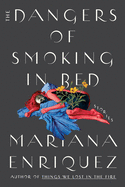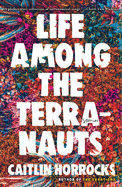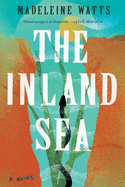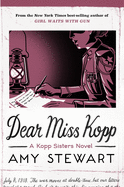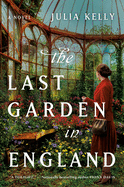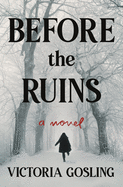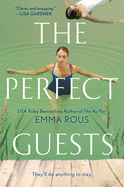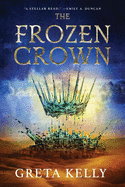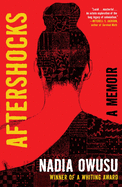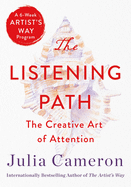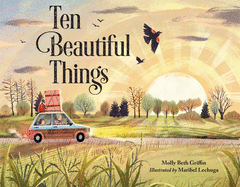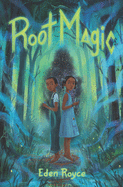 |
| (photo: Ingrid Weise) |
Sam Tschida (pronounced "cheetah") lives in Minneapolis, Minn. She works as a book editor and teaches writing classes, when she's not wrangling her gang of children and dogs. Siri, Who Am I? (available now from Quirk Books) is her first novel.
What was the inspiration for Siri, Who Am I?
I wrote a book before this one where someone had a head injury. This is a very different iteration. I kept thinking: What if this happened? What if this happened? My sister-in-law is a neuroscientist, and my dad's a neurologist, so everyone I know is squeezed into the book in some ways.
Your protagonist, Mia, wakes up with a head injury and has to try to reconstruct her life via social media.
With social media, we're all living a double life in some ways--that's where I started. Everybody presents a certain life online that isn't necessarily the true version of themselves. If you go from that point and try to rebuild your life, you're not going to end up with who you truly are.
As Mia tries to uncover her life, she's in a unique position: she's just getting to know herself, and she's not sure she likes who she's meeting. I liked the idea of putting her in that position. If you look at yourself based only on what you're putting out online, would you like that person? I thought it was interesting to think about identity in different ways.
Mia gradually discovers that her life--even her self--isn't what she thought.
Yes, that was deliberate. I wanted her life to feel perfect, and then it gradually falls apart. Mia has a romance with her own identity at first. It's a meet-cute with the version of herself that she put out to the world, and she gradually realizes that's not the true version of herself. Nor is it the version of herself she wants to be. She has to decide what to do about that.
Max, the neuroscientist, is a great foil for Mia.
Max is a super-smart neuroscientist, but he doesn't have any money. He and Mia are basically on the same financial plane. He's a straight-line, objective person, and sometimes he misses the human component of things.
Mia is lying to herself, and she finds out she's been lying to other people as well. I wanted Max to prioritize the truth in his work, and I wanted them to find out they're worried about the same things. I wanted him to also be lying to himself, because who isn't, in some way? Mia doesn't want to see the bad things about herself, and Max doesn't either. But they both reach a point where they have to face up to some things.
Tell us about the plotting process.
I love mysteries, and somewhere along the way I realized: This is a mystery! I hadn't intended to write one of those. I realized there were all these mysteries in the plot, and I had to get my act together, plotting-wise.
I've never thought of myself as a good plotter, but my editor said along the way that I was a great plotter. I think I've shied away from plotting a bit in the past because I like to surprise myself--otherwise writing can feel kind of stale. But I really had to sit down and make one thing happen in each chapter, to get the story to move forward. Sometimes I would write a chapter, and I didn't know who the characters were, or who they were going to turn out to be. I would sit down with my characters and ask them, "What should we do today?" It was hard to keep Mia on task, because I'm not naturally on task.
Mia doesn't always make good decisions, but she still feels like a sympathetic character.
That part was tricky. I really wanted a heroine who's a giant mess. Mia's definitely not always a good person, and I struggled to take people along on her journey, knowing that. When you ask a reader to go on a journey with a character, most of the time the reader needs to like that person and be okay with most of their decisions. Mia's not always making the best decisions, but she's looking at herself from a new angle, and trying to grow toward making herself a better person.
Has writing the book changed the way you think about social media?
Definitely. I tried to play around with it and post things that Mia might post, just so I could try it out and see what I thought. I think I've probably posted less since writing the book. I should probably be posting more, since I'm now supposed to be promoting the book! I also started following influencers, to see what kind of posts they had, and what their version of the world looks like. But it is just an amplified version of what everybody else does. People curate their lives and post little snippets--the vision/version they want people to see. There's a movement now to share things in a messier way, but that's also a curated version of your existence. You can't get around it--you have to select some things to share. It's contrived, but it's not necessarily bad.
Mia's particular situation is unusual, but on some level, she's all of us.
Social media is such a ubiquitous part of our lives, and I don't know if we fully understand it yet. The whole book is an examination of social media. It can be harmful. I think women in particular tend to portray a sunny, beautiful version of themselves that is false, and no one sees the real them. That's something women can fall prey to--you're either always perfect, or imperfect in a cute way, so you don't connect. The real 'you' is hidden. It's like heroines in a romantic comedy--they always have one relatable flaw.
I also wanted Mia to be distracted by her beautiful life. She wants to believe the lie so badly that she doesn't question things we should really be questioning. But she eventually gets there. --Katie Noah Gibson
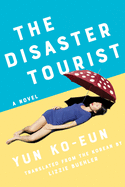 Some of the books I've been thinking about lately seem unsettlingly well-matched to our strange times. Consider Yun Ko-Eun's The Disaster Tourist (Counterpoint, translated by Lizzie Buehler). Yona Kim is a program manager for a Korean travel company that specializes in "surveying disaster zones and molding them into travel destinations…. Learning about misfortune was what Yona did." Even as I read this novel last summer, I was past wondering who might book such a trip (see Chernobyl tours). Ironically, thousands of people had just been rescued from Covid-laced cruise ships worldwide.
Some of the books I've been thinking about lately seem unsettlingly well-matched to our strange times. Consider Yun Ko-Eun's The Disaster Tourist (Counterpoint, translated by Lizzie Buehler). Yona Kim is a program manager for a Korean travel company that specializes in "surveying disaster zones and molding them into travel destinations…. Learning about misfortune was what Yona did." Even as I read this novel last summer, I was past wondering who might book such a trip (see Chernobyl tours). Ironically, thousands of people had just been rescued from Covid-laced cruise ships worldwide.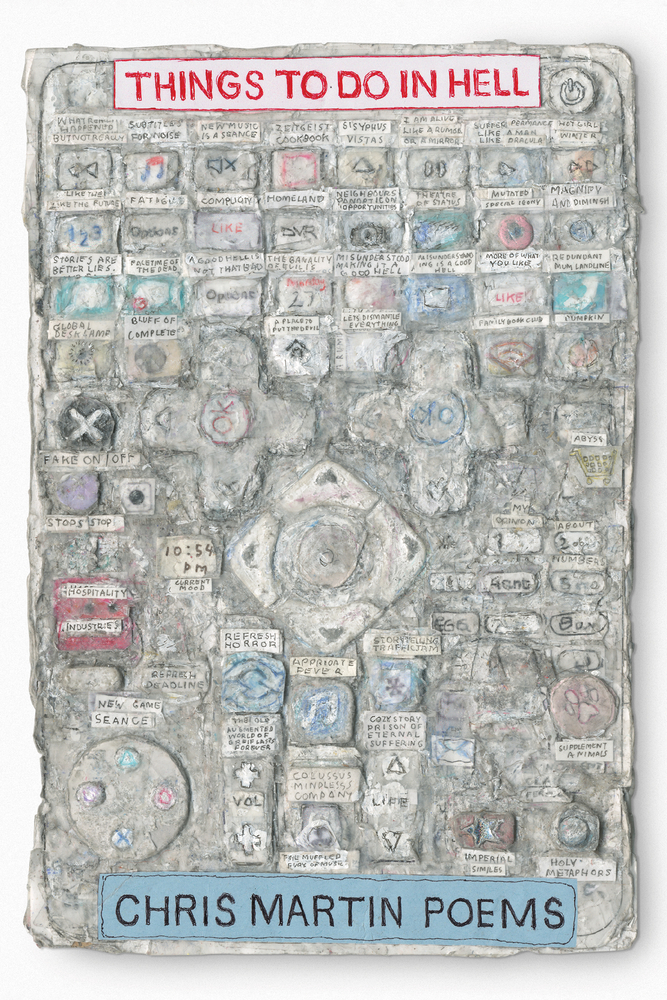
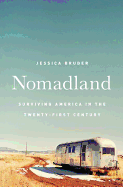 In nonfiction, I finally read Jessica Bruder's excellent book (now a movie) Nomadland: Surviving America in the Twenty-First Century (Norton), which explores the lives of "workampers" who hit the road as "a survival strategy in an era when Americans were getting priced out of traditional housing and struggling to make a living wage... And as bad as the situation is now, it's likely to get worse. That makes me wonder: What further contortions--or even mutations--of the social order will appear in years to come? How many people will get crushed by the system? How many will find a way to escape it?" Good questions all.
In nonfiction, I finally read Jessica Bruder's excellent book (now a movie) Nomadland: Surviving America in the Twenty-First Century (Norton), which explores the lives of "workampers" who hit the road as "a survival strategy in an era when Americans were getting priced out of traditional housing and struggling to make a living wage... And as bad as the situation is now, it's likely to get worse. That makes me wonder: What further contortions--or even mutations--of the social order will appear in years to come? How many people will get crushed by the system? How many will find a way to escape it?" Good questions all.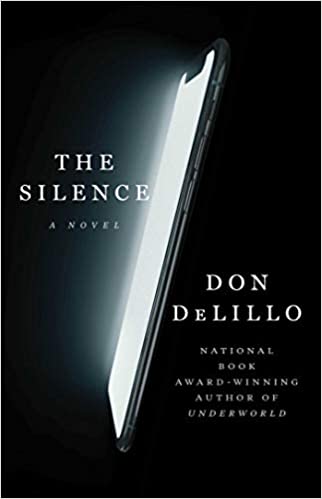 And soon Super Bowl LV will be played in a nearly empty Tampa Bay stadium, an odd complement (parallel universe?) to Don DeLillo's new novel The Silence (Scribner), in which characters are watching a Super Bowl on TV in a Manhattan apartment when a planet-wide blackout occurs. "Is this the casual embrace that marks the fall of world civilization?" someone wonders. The suspense is killing me. I'd better keep reading. --Robert Gray, editor
And soon Super Bowl LV will be played in a nearly empty Tampa Bay stadium, an odd complement (parallel universe?) to Don DeLillo's new novel The Silence (Scribner), in which characters are watching a Super Bowl on TV in a Manhattan apartment when a planet-wide blackout occurs. "Is this the casual embrace that marks the fall of world civilization?" someone wonders. The suspense is killing me. I'd better keep reading. --Robert Gray, editor


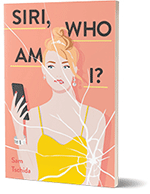


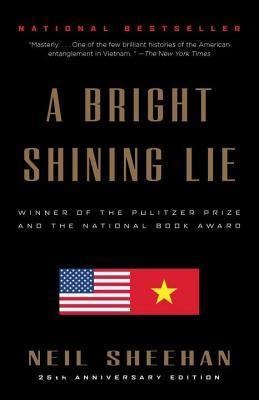 Neil Sheehan, best known for helping to publish a secret government history of the Vietnam War and for his own history of the war, died on January 7 at age 84. Those works were the Pentagon Papers, the internal Defense Department history of the war that revealed the government's duplicity about the war, and A Bright Shining Lie: John Paul Vann and America in Vietnam, which won a National Book Award and a Pulitzer Prize in 1989. Sheehan covered the Vietnam War from 1962 to 1966 for United Press International and the New York Times. "Intense and driven, Mr. Sheehan arrived in Vietnam at age 25, a believer in the American mission," the
Neil Sheehan, best known for helping to publish a secret government history of the Vietnam War and for his own history of the war, died on January 7 at age 84. Those works were the Pentagon Papers, the internal Defense Department history of the war that revealed the government's duplicity about the war, and A Bright Shining Lie: John Paul Vann and America in Vietnam, which won a National Book Award and a Pulitzer Prize in 1989. Sheehan covered the Vietnam War from 1962 to 1966 for United Press International and the New York Times. "Intense and driven, Mr. Sheehan arrived in Vietnam at age 25, a believer in the American mission," the 